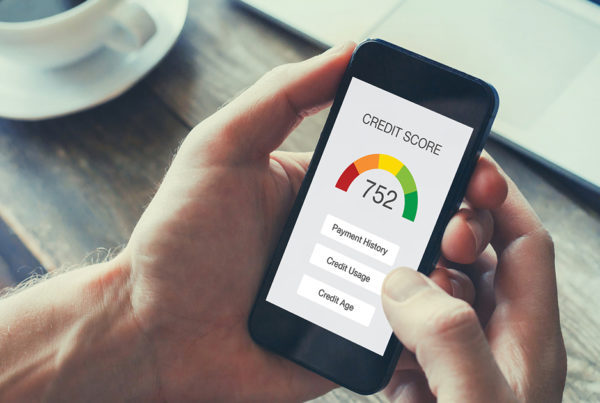You’ve probably heard the terms credit report and credit score. You may even have a general idea of what either one or both are. But what is the difference between a credit report and credit score?
For starters, a credit score is a number that reflects someone’s creditworthiness. The higher the score, the better a borrower looks to potential lenders. On the other hand, a credit report is an overview of your current credit activity and situation, including payment history and account status.
You may be wondering how credit reports and credit scores are related and how they work together to create your financial picture.
Check out this information on credit reports and credit scores to better understand how your financial picture is built and can be understood.
What is involved in a credit report?
Your credit reports provide an overview of the status of your credit accounts and payment history for each account. Although your credit report is an overview of your credit situation, it does not contain your credit score.
One important piece of information to note is that you have more than one credit report, typically one with each of the three main credit-reporting companies: Equifax, Experian and TransUnion.
As soon as you open your first credit account (such as an auto loan, store credit card or a student loan), a credit report will automatically start compiling your credit information over time. Your credit report is generally a few pages long, and it helps determine an applicant’s eligibility for loans, credit cards, rentals, insurance policies and jobs.
Generally, consumers can view a free copy of their credit report from a reporting company once every 12 months. Since you can get one free credit report from each major company, try spacing it out every four months so you can keep tabs on your credit and identify any potential identify theft, such as accounts that you didn’t open. Since the start of the COVID-19 pandemic, consumers can view their report once every week through April 20, 2022. Visit annualcreditreport.com to get a free credit report.
What is involved in a credit score?
Your credit score is calculated based on the information in your credit report. Most credit scores are in the range between 300 to 850. On most scales, scores of 690 or above are considered “good” and 720 or above are considered “excellent.”
Like credit reports, you most likely have a credit score with each of the three main credit-reporting companies, as mentioned above.
The most important factors that go into calculating your credit score include your history of repayment, how much money you owe compared to your credit limits, how often you’ve applied for credit recently, the age of your credit and the types of credit you have.
Monitoring your credit score is a good idea to make sure you are maintaining good credit. It also helps to inform you of what your lender is seeing if you’re thinking about taking out a loan or opening a new line of credit.
How do credit scores and reports work together?
Your multiple-page credit report determines your three-digit credit score. The easiest way to think about credit scores and credit reports is although they are different, they are linked, as one impacts the other.
For example, you can use your credit report to look for ways to improve your credit score. If you look at your credit report and see that you’ve recently had multiple late payments, this is an area you can improve. If you start making sure your payments are made on time, your credit score will benefit accordingly.
Understanding your credit report and score will help you know what to look for when trying to improve your credit, and it will help build your financial security.
All this talk of credit got you thinking about how to improve your credit score? Check out our blogs on how to repair your credit and five things most people don’t know about their credit score to learn more.






 Federally Insured by NCUA |
Federally Insured by NCUA |  Equal Housing Opportunity |
Equal Housing Opportunity |